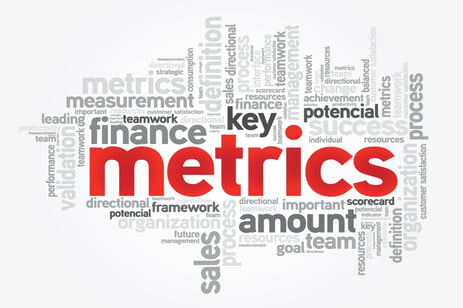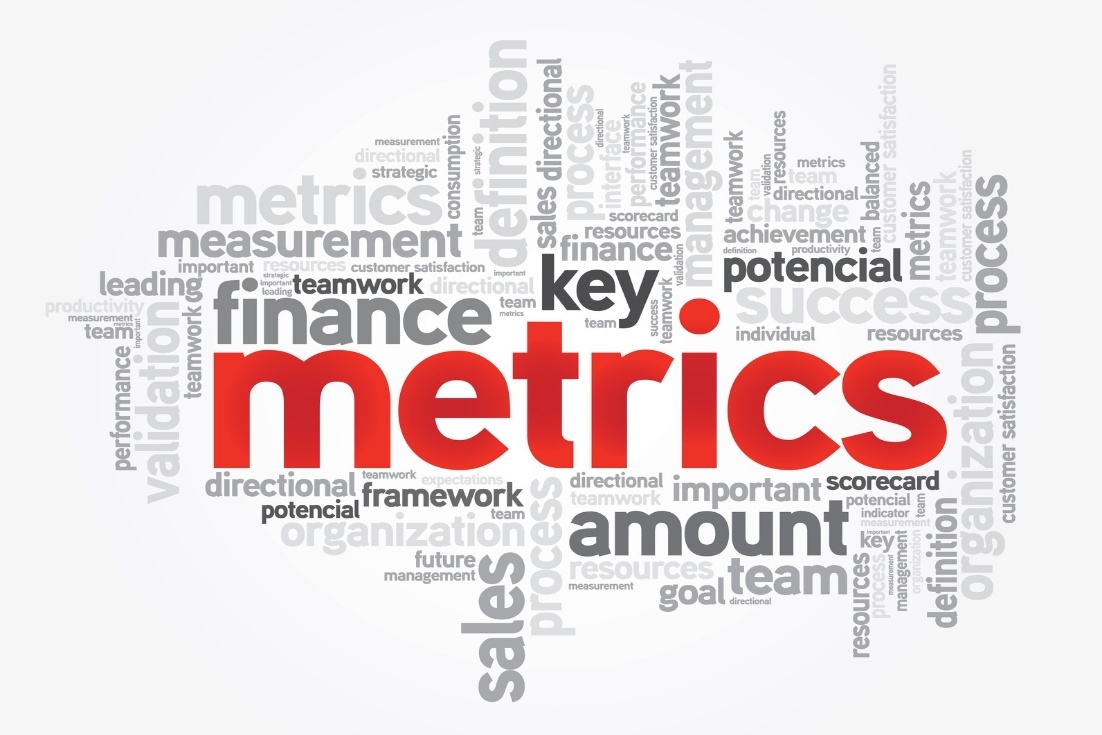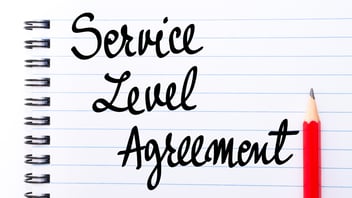5 Marketing Metrics Your CFO Doesn't Care About & 2 She Does

With the advent of websites, blogs, social media and inbound marketing, there are more numbers being thrown around in reports than ever before. Automated systems make tracking dozens of metrics simple and put a world of data at our fingertips. But that doesn’t necessarily mean that the data we have is useful.
Let’s look at five popular metrics to track. I’m sure they are ones you are including in every monthly report for your marketing department meetings (and you should be).
-
Website traffic
-
Blog readership
-
Email open rates
-
Social media followers
-
Lead generated per channel
Closed-loop marketing makes tracking and analyzing these metrics simple, and they are imperative for making informed marketing strategy decisions.
But here’s the thing: To your executive management, they are essentially meaningless. They are the type of minutiae the CEO and CFO don’t have time for, any more than they want to know precisely how many light bulbs the property management department purchased last month.
Think about this: 73 percent of executives don’t believe that marketers are focused enough on results to truly drive incremental customer demand. (Click to Tweet!)
The most important figures to the executive suite are ones that include a dollar symbol. (Click to Tweet!) We’ve talked in the past about one: Customer Acquisition Cost. Now let’s use that metric to find a couple more that will be useful at budget time.
Marketing’s Share of Customer Acquisition Cost
While knowing the total cost of acquiring each new customer is a basic metric for proving the ROI of marketing efforts, it is just the beginning. CAC is essentially the total average amount your company spends to acquire a new customer. To calculate CAC, you need to know the total sales and marketing spend for a specific time period and the number of new customers for that time period.
Once you’ve figured out your company’s total CAC, the next step is finding out how much of that cost can be attributed to your marketing department, calculated as a percentage.
To find it, you will need the same figures you used in calculating customer acquisition cost: the total cost of marketing for the year (or other period of time being analyzed) and the total cost of sales for that period.
Then, divide the total marketing cost (expenses, salaries, commissions, bonuses and overhead for the marketing department only) by the total sales AND marketing cost (program and advertising spend, all salaries, commissions and bonuses, and overhead).
Marketing Cost ÷ Sales & Marketing Cost = Marketing’s Share of Customer Acquisition Cost
Example:
Marketing Cost = $150,000
Sales & Marketing Cost = $300,000
$150,000 ÷ $300,000 = .5 = 50%
Marketing’s Share of Customer Acquisition Cost = 50%
Knowing marketing’s share of bringing customers into the company gives you and the executive team a picture of the marketing team’s performance and spending impact on the overall CAC. If marketing’s share of the cost increases, it could mean that the sales team underperformed and, consequently, received lower commissions and bonuses. It could mean that marketing is spending too much or has too much overhead. Or it could be because you are in an investment phase, spending more on marketing to provide more high quality leads and improve sales productivity. Either way, knowing this number gives you more credibility at budget time. (Click to Tweet!) You could also dig deeper into your marketing returns with the steps outlined in this ebook: Unlock the ROI of Your Marketing with Analytics.
Time to Pay Back Customer Acquisition Cost
Another figure your CFO will want to know is how long, on average, it takes for the company to recover the cost of acquiring a new customer. The sooner that CAC is paid back, the sooner the customer begins generating actual profit for your company.
Again, you’ll need to know your customer acquisition cost, but this time you will be starting with another figure: margin-adjusted revenue. Margin-adjusted revenue is how much your customers pay on average per month.
Divide your CAC by margin-adjusted revenue to calculate how many months it takes for your company to earn back what it spent acquiring new customers.
Example:
Margin-adjusted revenue = $1,000
CAC = $10,000
$10,000 ÷ $1,000 = 10 months
We know that it is almost always more profitable to keep existing customers than to acquire new ones, but knowing your time to payback provides a benchmark and goals for both keeping acquisition costs low and finding ways to increase margin-adjusted revenue (such as upselling and cross-selling). Generally, the goal is to make each new customer profitable in less than a year.
Now that you know more about the marketing metrics your CFO doesn't care about, now you can focus on the keys to better return. You’ll find these formulas, plus three more keys to providing the executive suite with the results they are looking for, in Six Marketing Metrics Your Boss Actually Cares About.
-1.png?width=1652&height=294&name=Jones(RGB)-1.png)












